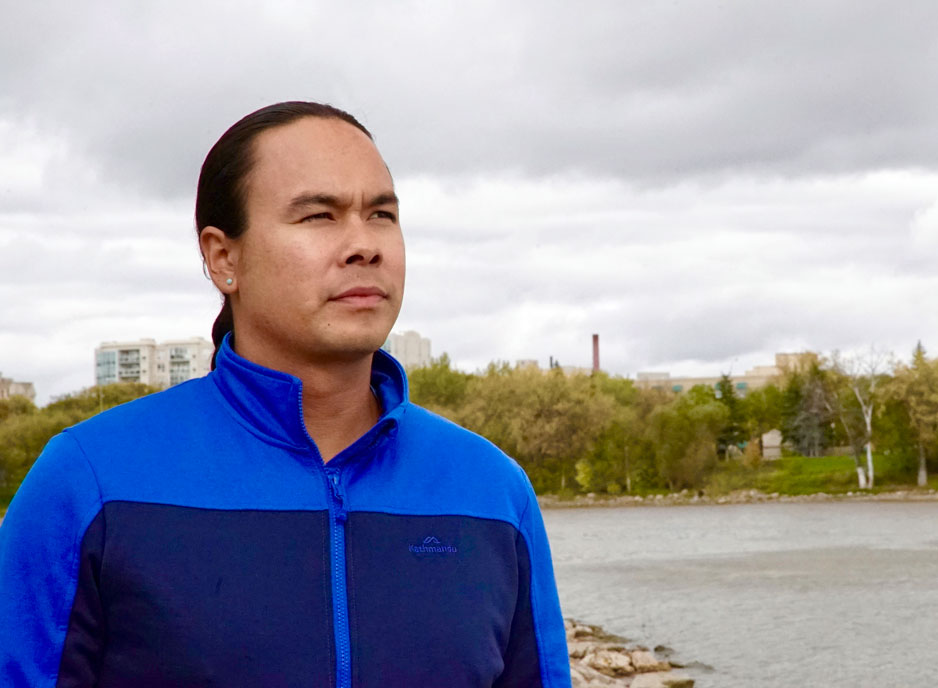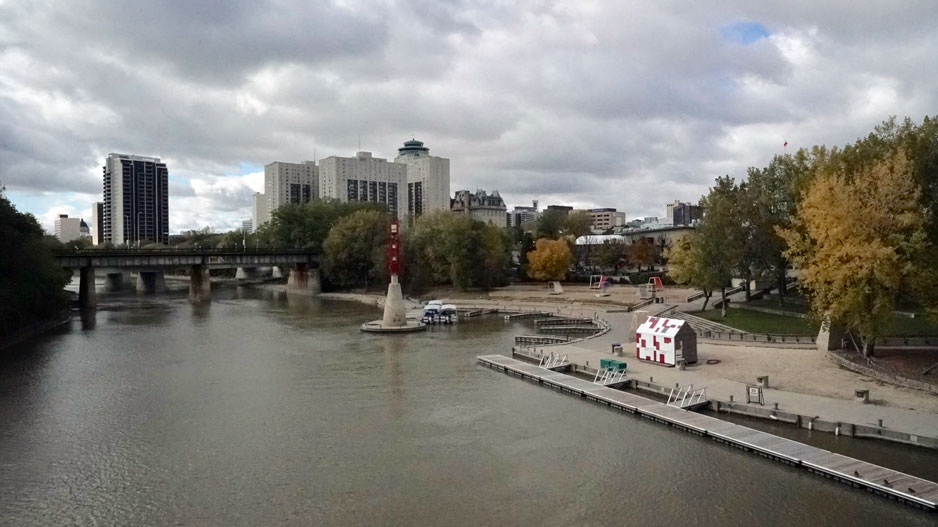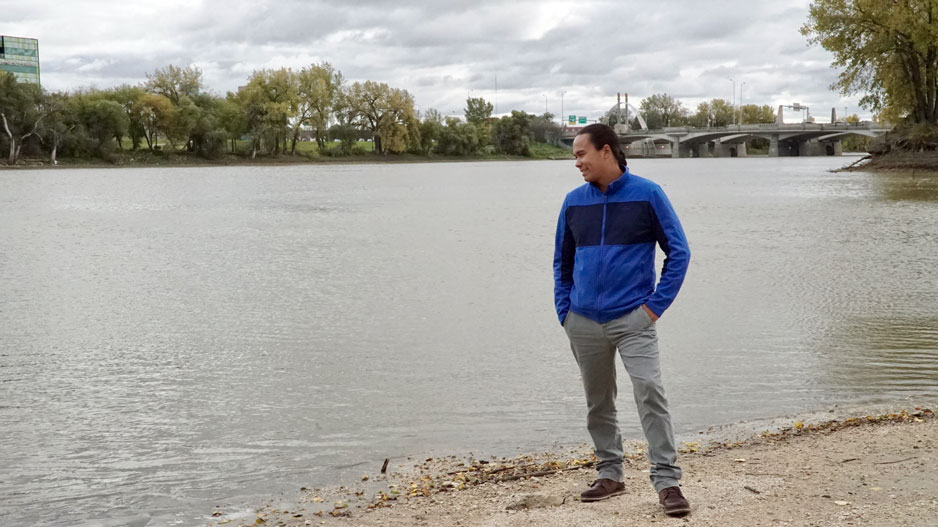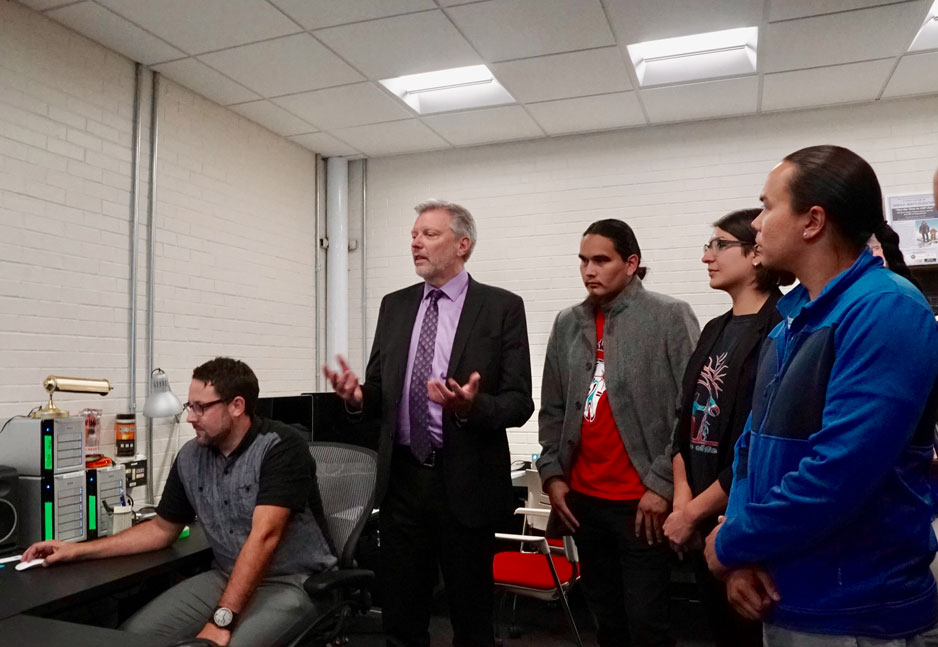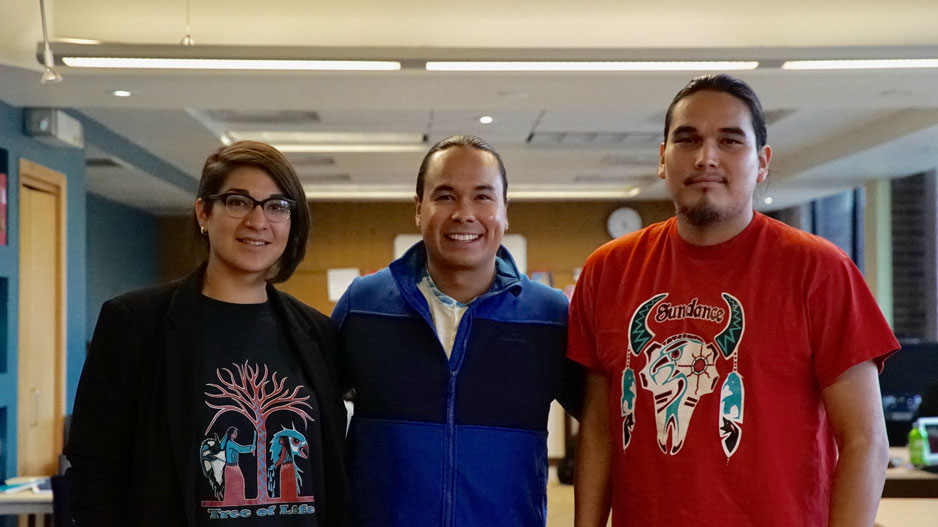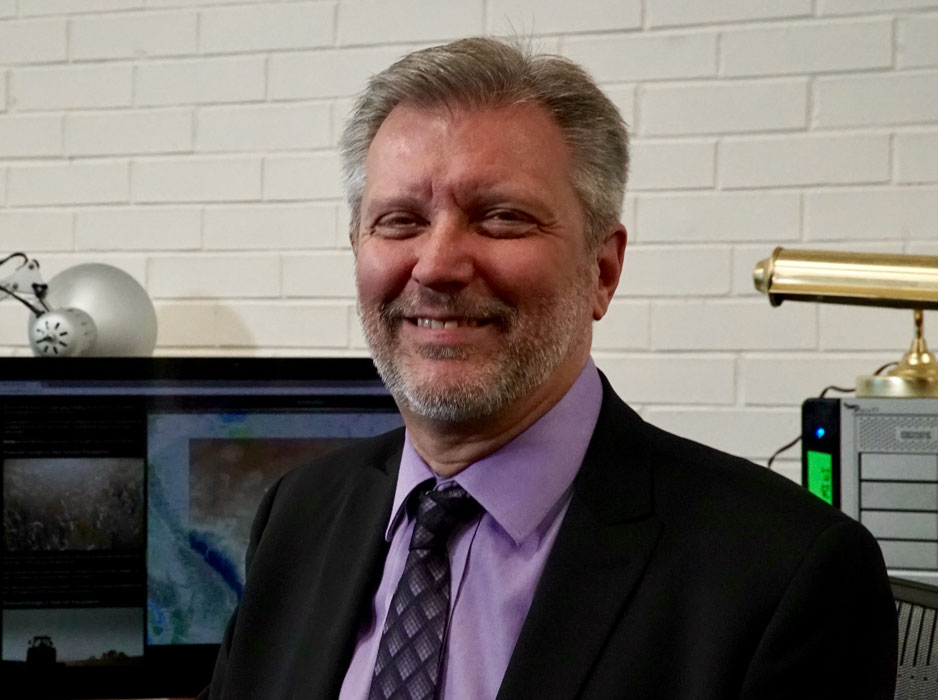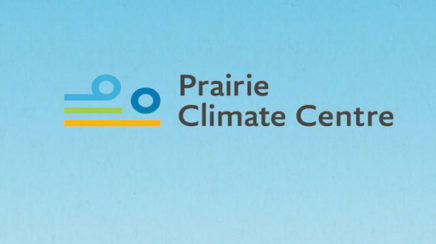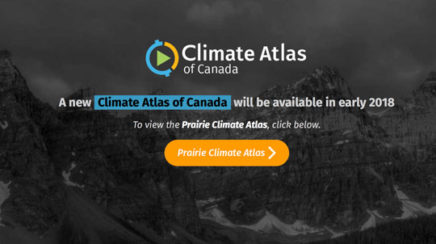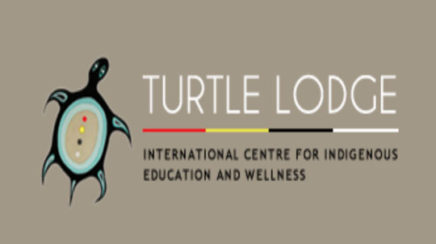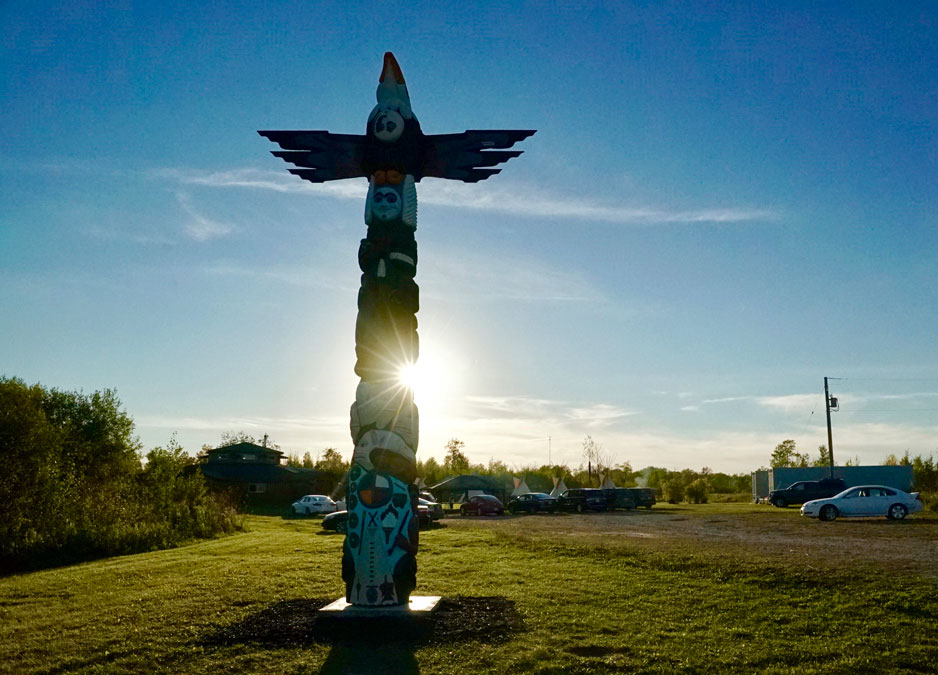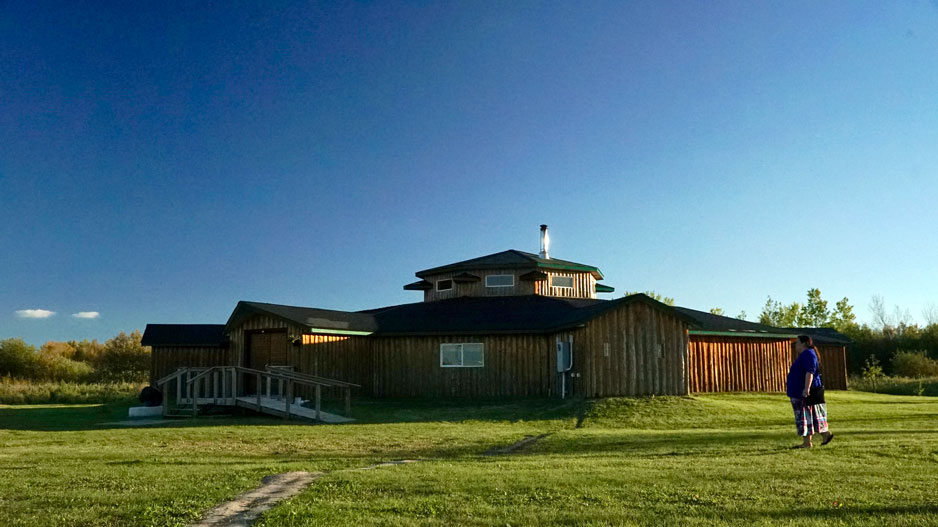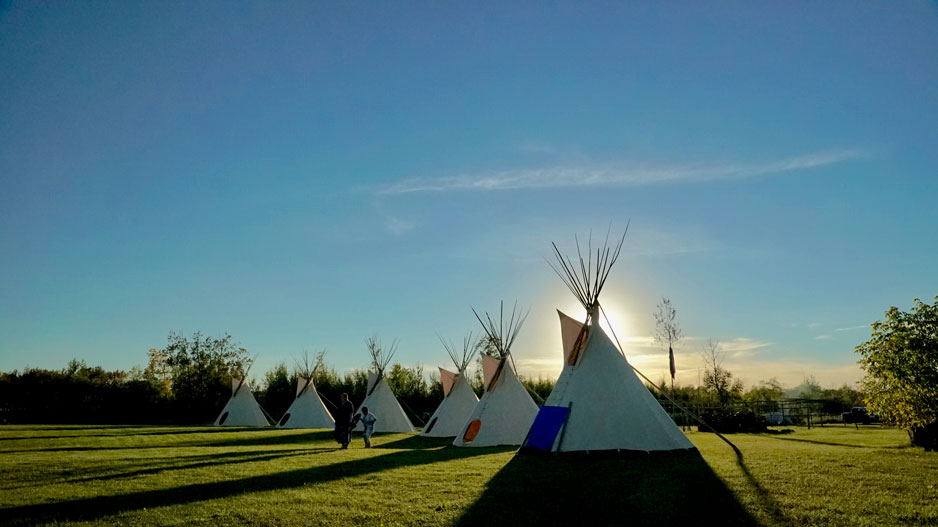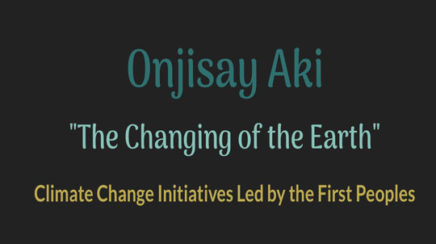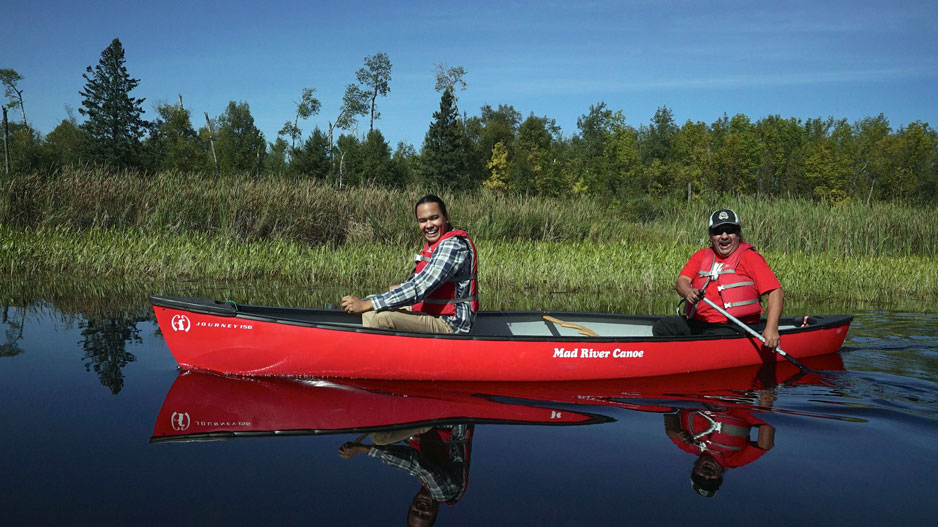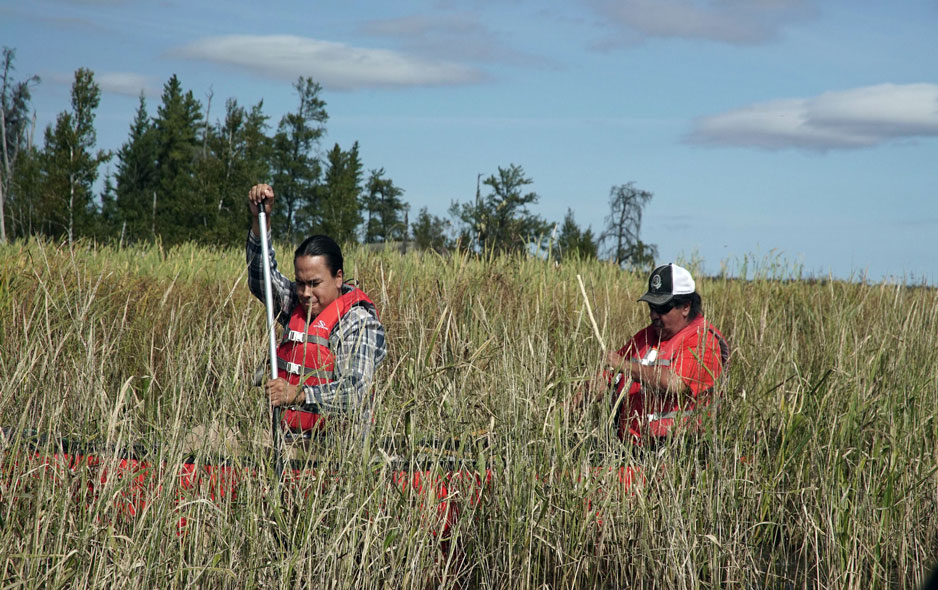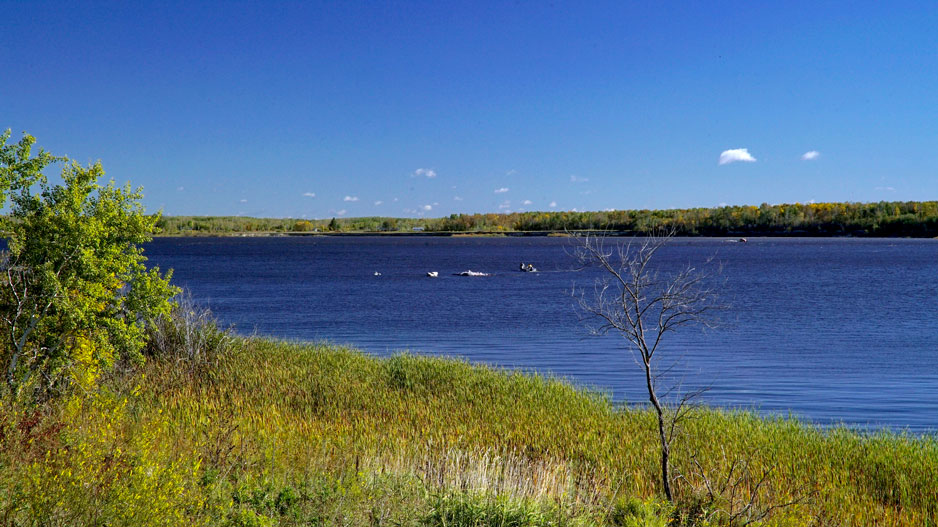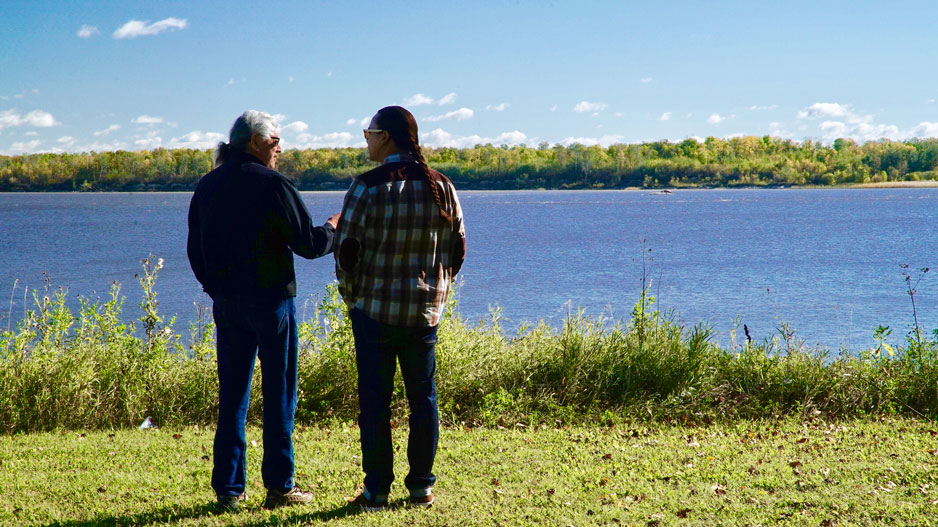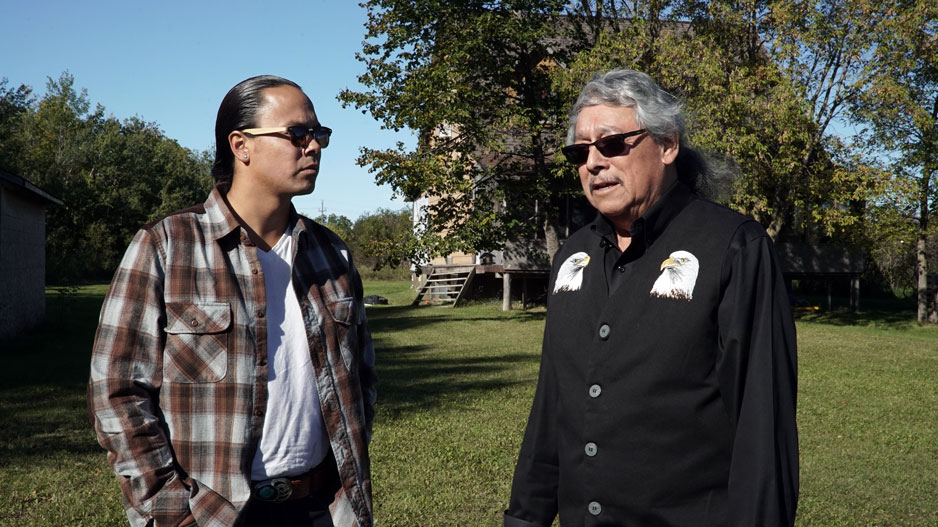While the fate of Lake Winnipeg now demands aggressive scientific, environmental, and political action, the wisdom of Indigenous knowledge is now helping to shape attitudes towards this Lake and our understanding of fresh water.
We need to take traditional (Indigenous) knowledge seriously in climate change debates and that’s because they’ve been on the front lines of it, they’re seeing it. Western science and Western society doesn’t have a way of life and a way of understanding relationships with nature that we desperately need for the future.– Ian Mauro, Communications Director, Prairie Climate Centre
Home to Canada’s largest concentration of First Nations and Métis people, Indigenous peoples here continue to cherish their harmonious relationship with nature, one they’ve nurtured long before the arrival of European settlers. Directly across the lake from Gimli the Sagkeeng First Nation’s Turtle Lodge is a spiritual center of Indigenous teaching led by Anishinabe Knowledge Keepers.

